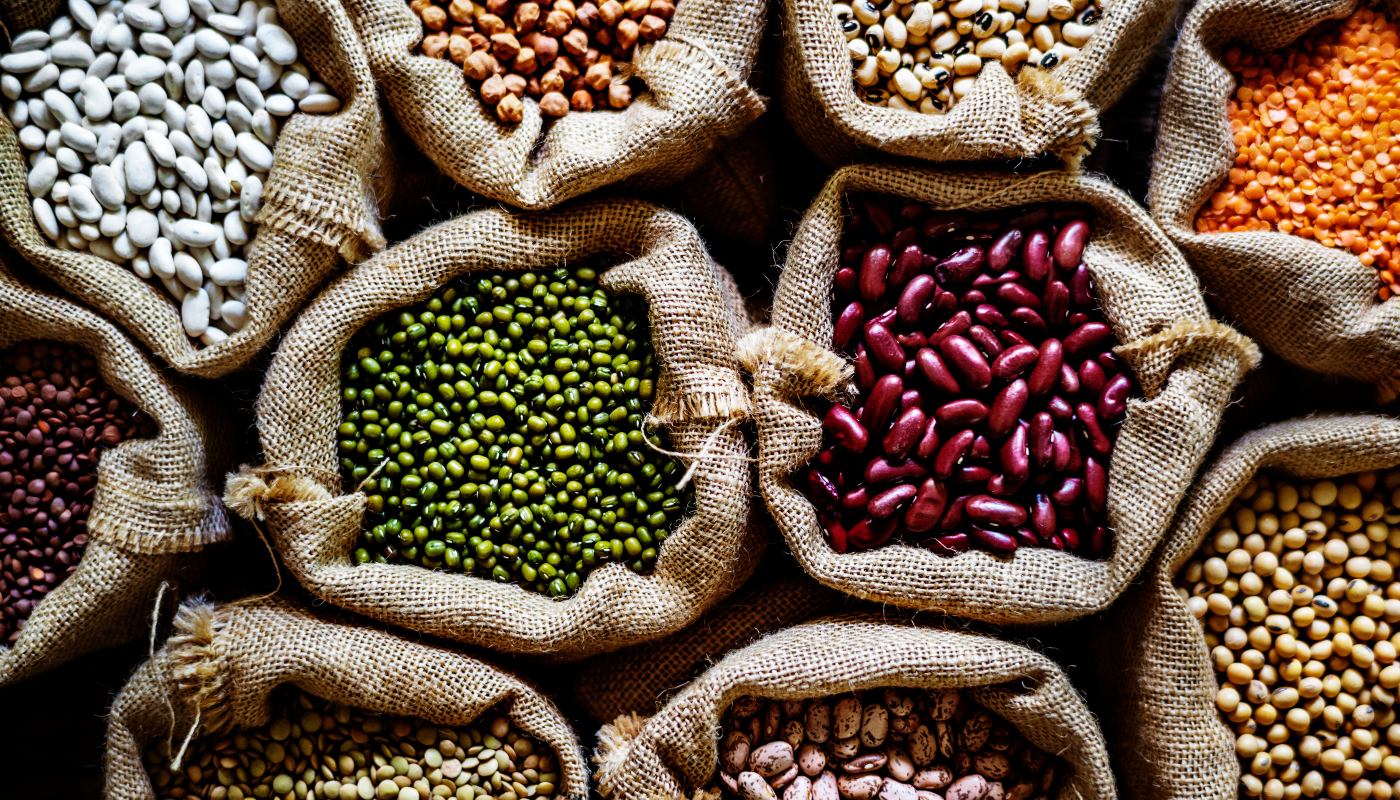Differences between dried and cooked pulses
Pulses, like lentils, beans or chickpeas, are an important source of nutrients, especially proteins, vitamins and minerals.
TRIED AND TESTED
Share

Plus, they provide a large amount of fibre to the body. That’s why it’s important to consume this type of food in our diet. But... Do you know the difference between dried and cooked pulses?
Cooked pulses: easy to digest and prepare
Cooked pulses are those that have been subject to a cooking process in water. During this process, pulses absorb water and become softer and more digestible. This process can also improve the availability of certain nutrients and eliminate some anti-nutritious substances present in raw pulses.
In terms of preservation, cooked pulses undergo a heat treatment that makes them stable over time without the need for refrigeration. But, once open, they should be kept in the fridge if they aren’t all consumed at once.
Dried pulses: better preservation, but longer cooking time
In general, if they are stored in a cool, dry and dark place, dried pulses can be kept in good condition for several years. But, even so, it is recommended that they are consumed within the first two years to guarantee the best quality and taste. The main drawback of dried pulses is the time required to prepare and cook them, since that they need to be left to soak for at least eight hours and cooked for a long time before they are ready to eat. When it comes to nutrients, dried pulses are very rich in proteins and fibre, plus, they preserve all their vitamins and minerals in their natural state, although some of these nutrients may be less bio-available, due to the presence of anti-nutrients, like phytates.

Are cooked pulses or dried ones best?
Now we’ve reached the crux of the matter. Many people wonder whether canned pulses lose nutrients and are therefore not as beneficial to our health. But the truth is that there isn’t much difference. Even though cooked pulses are preserved in a liquid formed by water and salt, the amount of this mineral is not so high that it is harmful. Even so, if you prefer, you can rinse pulses from a jar before consuming them.
Therefore, cooked pulses provide us with the same nutrients as dried ones and, in addition, they are an excellent option when we don’t have much time to cook them. Eating pulses helps us to stay healthy, so including them in our diet is vital, either dried or cooked.






